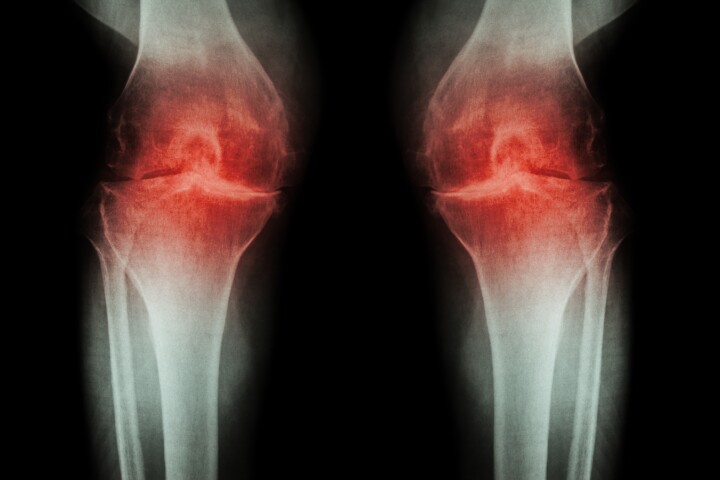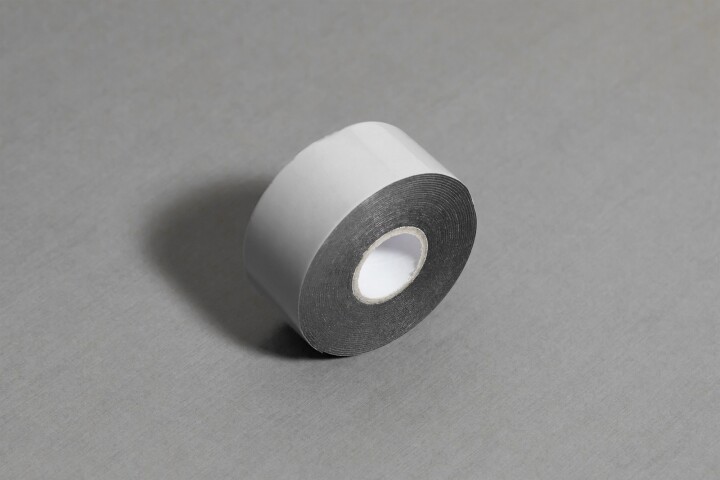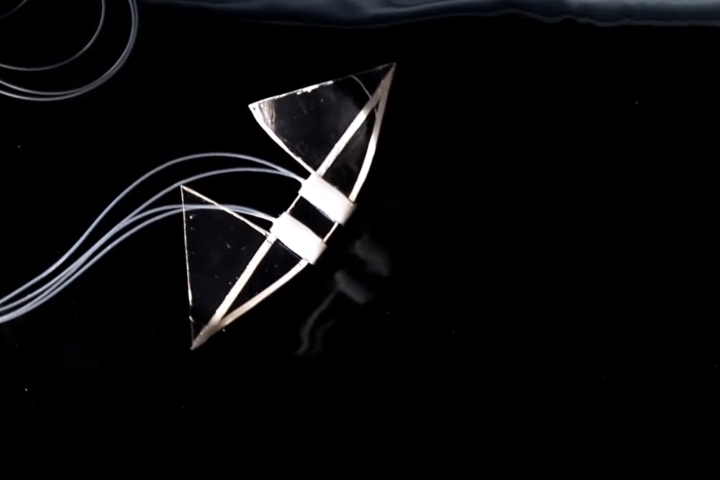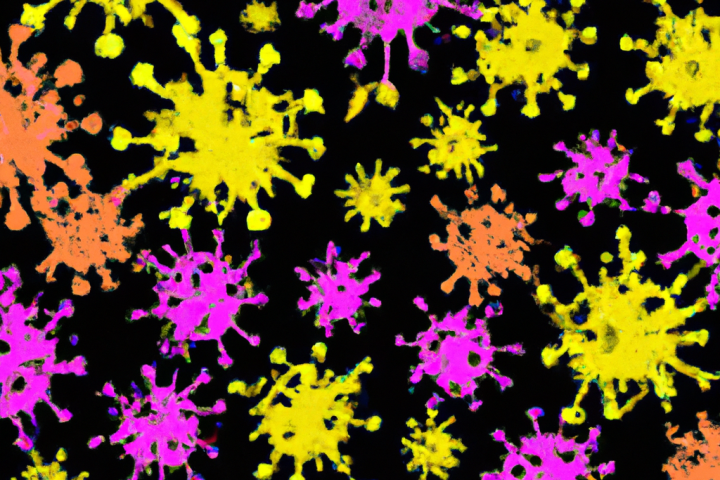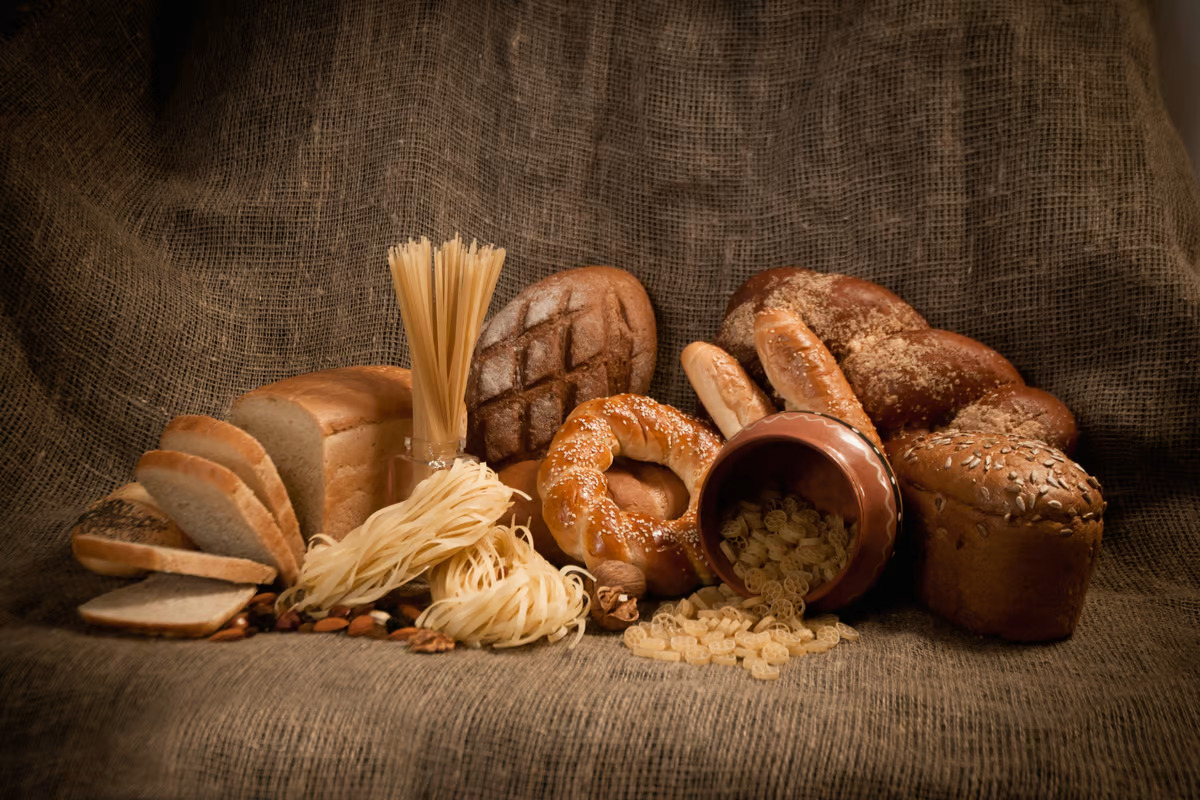 FibreX promises up to 20% more dietary fiber with no detectable effect on flavor, color or texture. RMIT
FibreX promises up to 20% more dietary fiber with no detectable effect on flavor, color or texture. RMIT
Hiding healthy stuff in food strikes me as a relatively modern curse, but it’ll be one familiar to many parents. Many a carrot or zucchini has been blended into a bolognese in an attempt to camouflage the telltale color of healthy veggies. Many a Trojan smoothie has smuggled a few more ingredients than were advertised to its young recipient.
Fiber has been tougher, if you’ll pardon the pun. There’s high-fiber bread, but my kids seem to be able to pick it at 50 paces and deem it unfit for consumption. High-fiber breakfast cereals go untouched as well, although that’s typically because somebody – and I’m not naming names – keeps buying sugary stuff.
But it’s vital; apart from playing a part in preventing obesity, type 2 diabetes and certain cardiovascular ailments, indigestible fiber does a great job of moving the gut along and substantially reducing the need for assisted or cesarian deliveries in the bathroom.
So RMIT’s new “invisible fiber,” developed in conjunction with Microtec Engineering Group, could prove a significant invention.
“We can now add extra fiber to foods like white bread and other staples without changing the taste or texture, which has been one of the main issues with many commercially-available fiber supplements to date,” says Associate Professor Asgar Farahnaky. “Our product is not even noticeable once added.”
FiberX doesn’t taste or feel like regular fiber additives, because it actually starts out as a starch. The team used chemical treatments to modify the molecular structure of starches like cassava (tapioca), wheat and corn, to change them from highly digestible foods that cause rapid spikes in blood sugar into non-digestible forms that move through the body just like natural dietary fiber and confer all the same benefits.
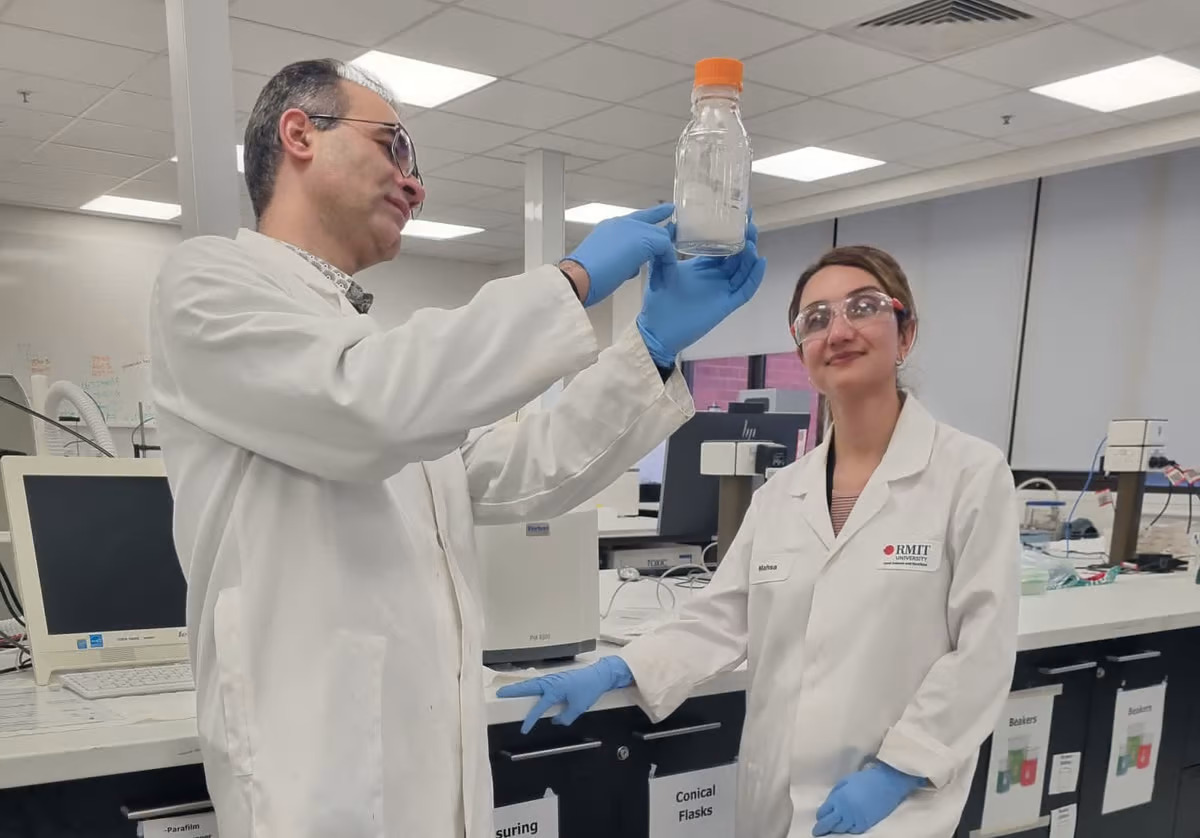
In bread and cake taste tests, the team found it could push between 10-20% more fiber into foods before people started noticing a difference. Lab testing on the processed starches found that the chemical modification process was reliably able to convert more than 80% of starch into dietary fiber – but the researchers say they’re now working on physical or enzymatic methods of achieving the same result, which will allow “chemical free” labeling as well as being better for the environment.
The FiberX technique, says Farahnaky, doesn’t necessarily require starches that can be used elsewhere. Indeed, the team is partnering with the Fight Food Waste Cooperative in a bid to use waste starches and fibers from Australian pulse protein production as a feedstock for large-scale production of FiberX products. Indeed, they’re making the technology available to industry for commercialization already.
“Scaling this technology will mean the food industry will have access to large quantities of invisible dietary fiber at an affordable price to provide high-fiber foods to consumers,” says Farahnaky.
Source: RMIT
–










